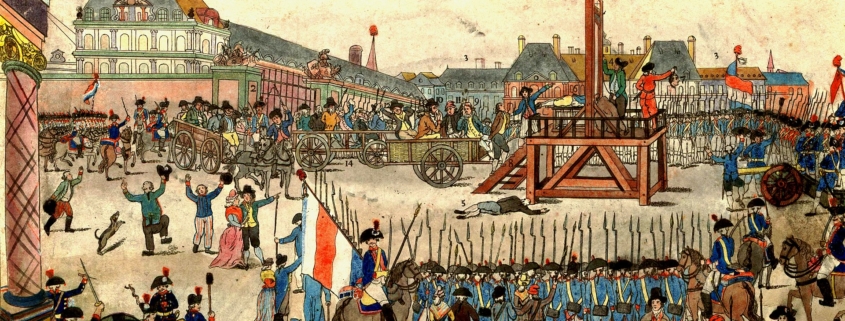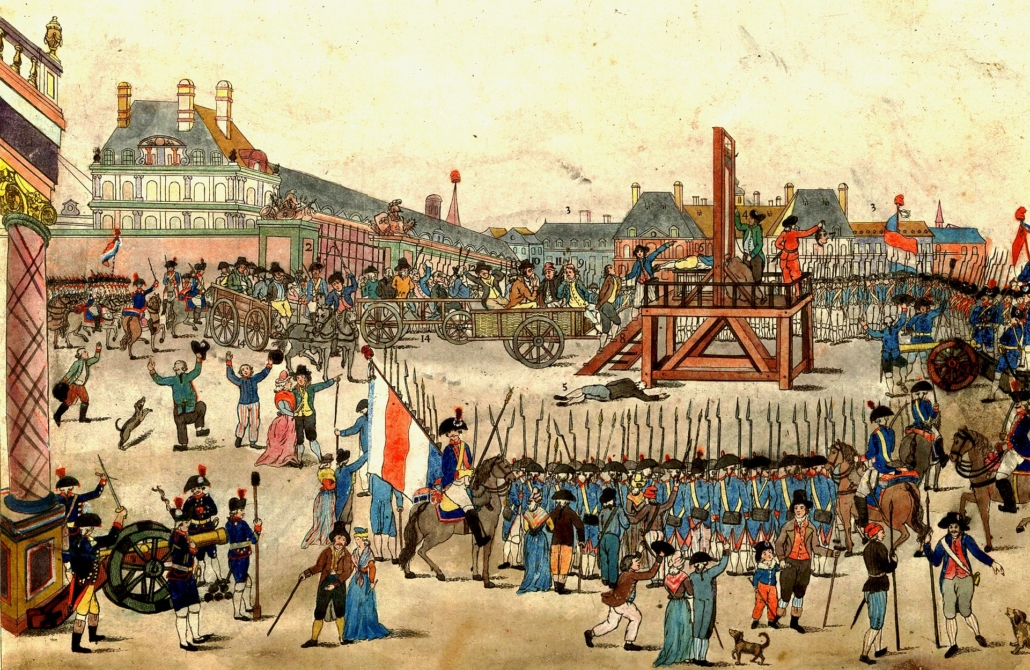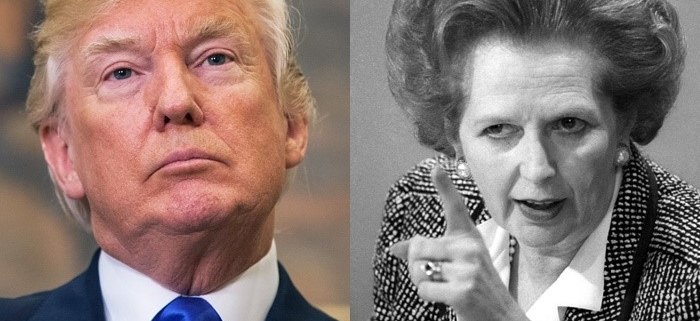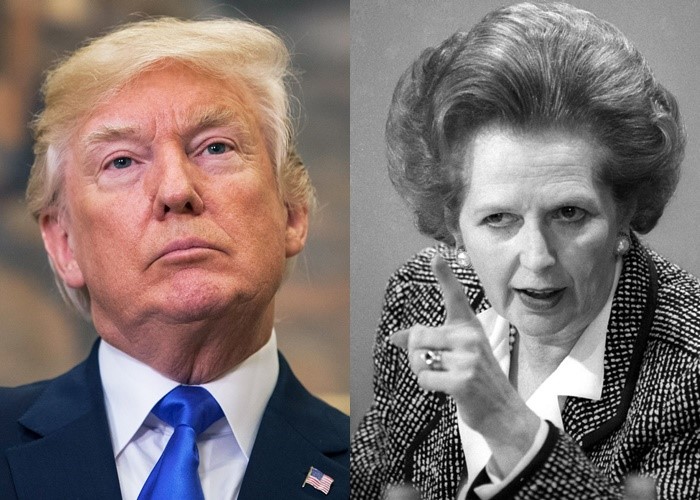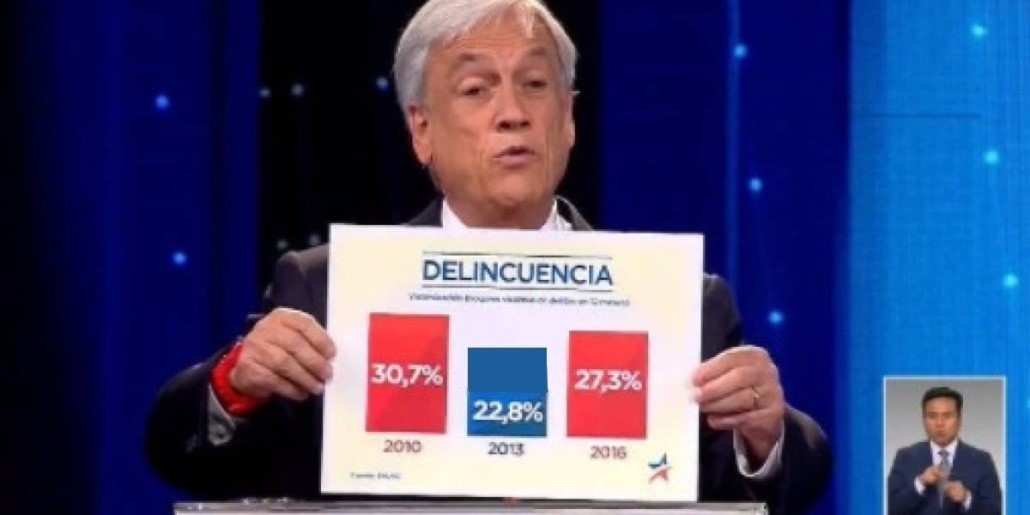The Legacy of the Left, Part II
Those who cannot remember the past are condemned to repeat it.
-Santayana
Despite the abject accounts of Marxist “progressive” historians, the catastrophic events associated with the rise of the left are clear beyond all doubts—from the unprecedented savagery of Robespierre’s Reign of Terror to the fanaticism and obscene murderousness of the Communist regime under Lenin and Stalin, to Khmer Rouge Cambodia and Red China. Courtois estimates the global total of Communism’s innocent victims at between 85 and 100 million in the twentieth century. During the two years of the Great Purge alone, the NKVD [Secret Police the Soviet Union] executed 850,000 victims under the notorious Section 58 of their Communist penal code. But as Robespierre famously said, “You can’t make an omelette without cracking a few eggs.” Stalin said the same thing.
Santayana’s quote at the top of this article is totally relevant to today’s politics where Democrats are debating amongst themselves for the title “Champion of the Left.” In a funny, but not-so-funny PragerU video, people on the streets of New York City were asked whether or not a statement read by PragerU Host Ami Horowitz stemmed from the “Communist Manifesto” or the Democratic Party’s platform.
In the latest media offering to the American people, Donald Trump has been cast to play the roles originally played by King Louis XVI and Czar Nicholas II. Unfortunately for the studio, the ratings for their TV sitcom “The Mueller Show Trial” have fallen off as of late. But for the first two years of the Trump presidency the gullible general public tuned in for every twist and turn in the longest running, most boring sitcom ever aired on TV. But the slightest possibility of seeing Trump guillotined (okay, carted off to prison) kept them glued to their favorite device.
Make no mistake about it. The Mueller investigation was a show trial in the long tradition of the left. Stalin would have likely regarded it as a bit beneath his standards because Trump wasn’t guillotined, but it had a lot of the same ingredients. As Mark Levin noted, “There was no reply by the president that was permitted, no contrary witnesses, no contrary documents, no contrary evidence, no cross-examinations, no challenges of any type.”
Despite the fact that Mueller’s investigation into the alleged Trump-Russian collusion dominated CNN (and MSM in general) headlines since before Trump’s election, there was not a mention of Mueller by the CNN hosts of the Democratic debates in Detroit. After all that reporting they simply pretended nothing had happened. Of course, in a very real sense nothing did. None of the charges made against Trump or his associates that were related to any sort of collusion panned out. No evidence of collusion has ever been uncovered. Even the initial premise for the investigation and certainly its long, tired run were dubious at best. After two years of their “investigative journalism”, we now learn that Mueller himself was merely a puppet of a political witchhunt controlled by Anti-Trump Democrats, notably Andrew Weissman. MSM journalists never bothered to uncover or disclose the basic fact that the Mueller investigation was dominated by some very partisan Democrats.
And no one seemed to notice that the obscure Logan Act, never enforced in its 218 years of existence, became the pretext “to entangle the new administration in a criminal investigation as soon as it walked in the door of the White House.” Read more

